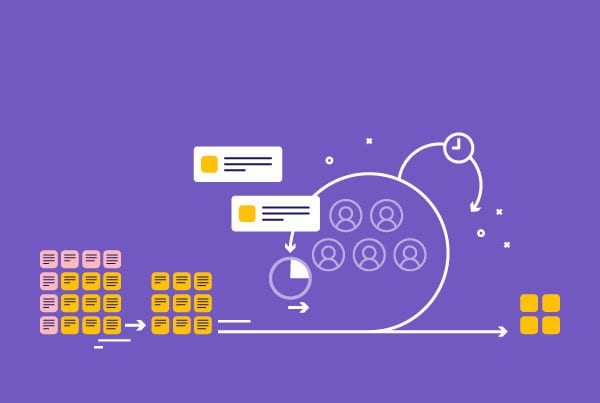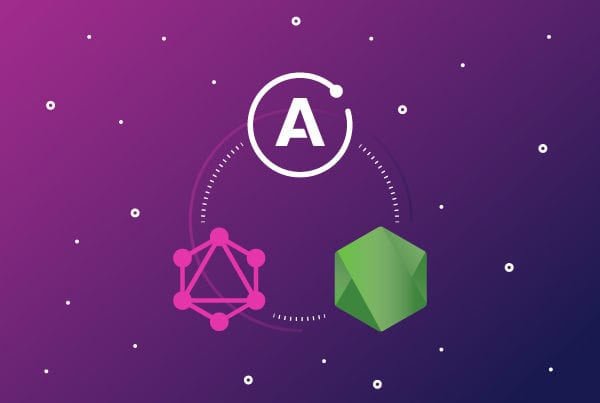Best development tools for 2021
Part of creating an excellent development project is picking the right tools. Moreover, as technology advances at a fast pace, you will need to keep up with the various new tools that reach the markets, as well as the latest updates of existing ones. In this article, we’ll give you an overview of the best development tools for 2021. Whether you are working on mobile, web or desktop development, we’ll look into different areas and include code and text editors, frameworks, integrated development environments (IDEs), and control systems.
Code and text editors: best development tools
Atom

Atom was published in 2014 by GitHub. This free open-source text editor is fully customizable using JavaScript, HTML and CSS: you can add countless packages and choose from a variety of themes, among many other features. Atom includes a built-in package manager, smart auto-completion, and a file system browser. It also supports cross-platform editing and you can use the Electron framework to build cross-platform apps with Atom. This text editor is friendly, hackable and helps you code faster.
Sublime Text
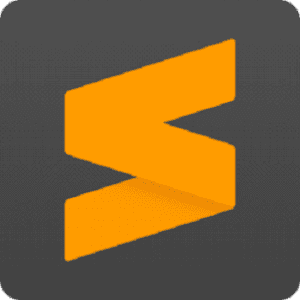
This text editor offers both free and paid versions. You can take Sublime for a trial run, but are required to buy a license for continued use which currently costs $80. Its features include multiple selections, full customization, split editing and an excellent package and API ecosystem. Sublime Text also supports cross-platform development and is available for Mac, Windows and Linux.
Visual Studio Code
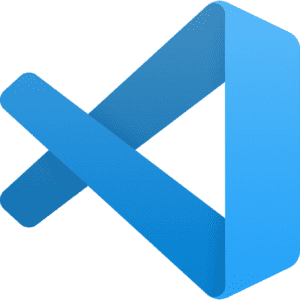
Visual Studio Code was developed by Microsoft and works in Windows, Linux and macOS platforms. This free source code editor is great for responsive design and includes excellent debugging and troubleshooting features. Moreover, it provides intelligent code completion, built-in Git commands and code recovery. Visual Studio Code is fully customizable, offering a wide variety of extensions you can access from its Marketplace.
Frameworks: best development tools
Django
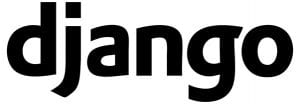
Django is an open-source Python web framework which has been gaining a lot of popularity recently. It has been used extensively by big shots such as Mozilla, Spotify and Instagram. Django was built by experienced developers and aims at using automation wherever possible. This helps speed up web development and gives developers the chance to focus on the important stuff. Django is fast, secure, portable, versatile and highly-scalable. Other features include a default admin panel, various SEO tools, a vast number of libraries and an excellent community. You can learn more about Django here.
Xamarin
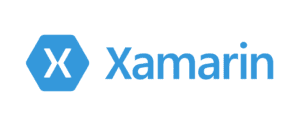
This open-source framework is owned by Microsoft and works on the “write once, run anywhere” (WORA) model. Xamarin uses C# as a single language (which means you don’t need to learn Swift or Java) and harnesses the power of the .NET platform to build native apps for Android, iOS and Windows.
This framework can be tested in multiple devices through cloud services and includes native API access and native UI support. Xamarin also lets you add Objective-C, Java and C++ libraries to its already considerable collection of class libraries.
Angular.js

Angular.js is an open-source framework launched by Google in 2010 and rereleased after a significant overhaul in 2016.
Angular.js is used to create single-page web apps and is known for being fully expandable and extremely secure. Other features include DOM sanitization and UI view templates. Angular.js is also cross-platform (used for PWAs, native and desktop apps) and lets you create accessible applications.
React.js
React.js is really a JavaScript library used to build UI interfaces on the web. It was launched in 2013 by Jordan Walke and a group of Facebook engineers. React.js’s launch was groundbreaking as it introduced the Virtual DOM, improving user experience and performance. This library is used for front-end web development, but it is also often paired with Electron for desktop apps and with Node.js for backend development. It is also the heart of React Native, a popular framework for mobile app development.
The React.js library is component-based, declarative and open-source, and its features include SEO support, reusable components, one-way data flow, easy integration and simple syntax.
React.js is one of the most popular JavaScript frontend frameworks, as evidenced by Stack Overflow’s 2020 survey and The State of JavaScript.
Bootstrap
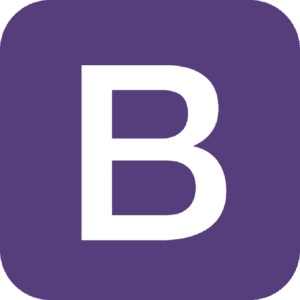
This open-source CSS framework, launched in 2011, is aimed at mobile-first development. Bootstrap is customizable, includes a variety of built-in components and plugins and a responsive grid system. This framework is also great for fast prototyping, it’s consistent and easy to use, and there is extensive documentation available on it. Moreover, Bootstrap is compatible with the latest versions of all major browsers and is definitely a great tool when it comes to responsive development.
IDEs: best development tools
AWS Cloud9
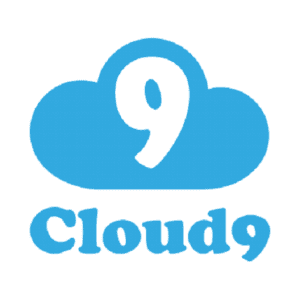
Cloud9 is a cloud-based IDE that supports a variety of programming languages, including C, Python, JavaScript and PHP. It was launched in 2010 and acquired by Amazon in 2016, when it became part of Amazon Web Services (AWS). This web-based platform enables you to script, run and debug your code in the cloud. Some of its most relevant features include code completion suggestions, file dragging and debugging. With Cloud9, you can share your environment with other teammates working on the same project, which makes it an excellent tool for remote teams.
NetBeans
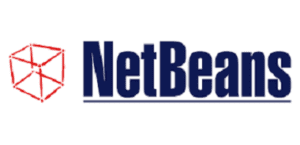
This open-source and free IDE was written in Java and launched in 1997, with a long list of new versions released since then. NetBeans is used to develop web, mobile and desktop apps using C/C++, PHP, JavaScript and Java, among other programming languages. This IDE supports cross-platform development and works in any operating system (including Windows, Linux and macOS). Some of its features include smart code editing, quick user interface development, a powerful GUI builder and an easy and efficient management process. NetBeans also excels at helping developers write bug-free code.
Control systems: best development tools
GitHub

GitHub is an outstanding collaboration tool when it comes to development. It was founded in 2008 and focuses on code review and code management. GitHub offers free development plans, as well as extra benefits for premium users, with varying prices for individuals and companies. This source control platform has over 56 million users worldwide and over 100 million repositories. GitHub lets you host your code for free, collaborate with your team through the cloud, create instant work environments with Codespaces and automate your workflow with GitHub Actions, among other features. GitHub’s project management features are highly praised by many.
Atlassian Bitbucket

Bitbucket is a web-based control system that facilitates collaboration between dev teams. Launched by Atlassian in 2008, it, of course, integrates very well with JIRA. Similarly to GitHub, it works as a repository for source code and development projects. Its features include flexible deployment models, free unlimited private repositories and built-in continuous delivery. Bitbucket supports services for code search, integrations and smart mirroring, among others. The free version of Bitbucket allows up to 5 users, and there are also standard and premium versions that offer extra benefits such as unlimited users, larger file storage capabilities and two-step verification.
Final thoughts on the best development tools for 2021
The development world has an endless supply of tools available to meet the needs of each team. If you are lost among all the options, thinking about the type of project you are working on, your budget and your team’s specific skills will help you narrow it down. We also hope this article has helped you by giving you an overview of the best development tools for 2021.





